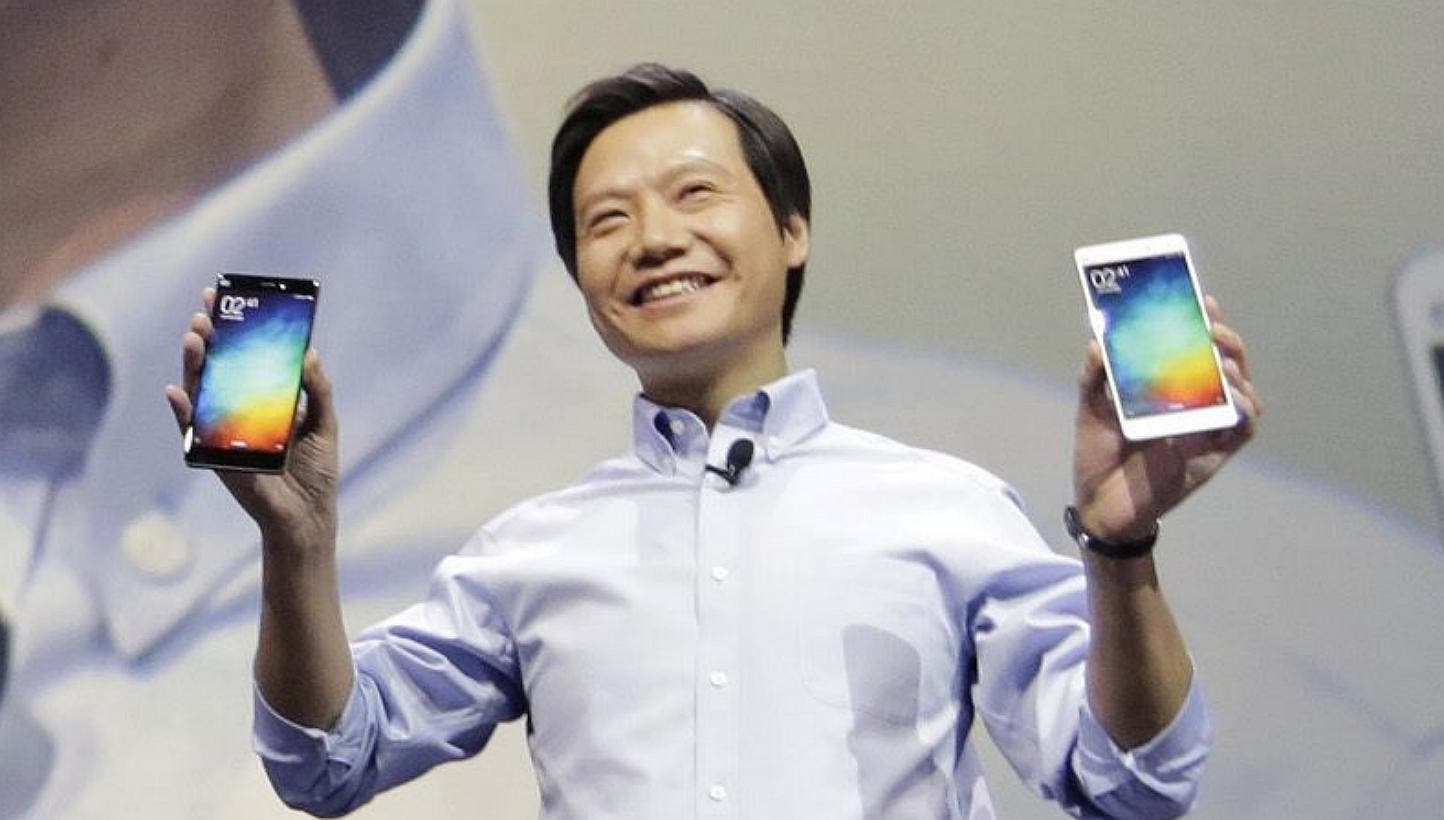Every year and each month, we see new smartphones coming our way from various manufacturers. They all are doing their best to win customers’ hearts. Some models succeed, while the others fail. But one thing is clear – there are products for every group of users. As usual, we are introducing the latest smartphones that can meet students’ requirements most. In fact, when saying ‘the best phones for students’, the first thing that comes to our mind is the low-price. But this is not actual anymore. Students need and want stylish, powerful and accordingly priced smartphones. Oh, also, they should have the latest innovations and take great photos. Keeping in mind all the aforementioned features, we are introducing the latest models that will match these points most.
Best Gaming Phones For Students
At the beginning of April, Lenovo released its own gaming smartphone in the face of the Lenovo Legion 2 Pro. Inside it carries the Snapdragon 888 platform, and also, it received a cooling system that includes a couple of turbines with independent air ducts. Plus, on the back, we can find a special ledge where the coolers are located. Thanks to these features, in AnTuTu, the phone scores 855,004 points.
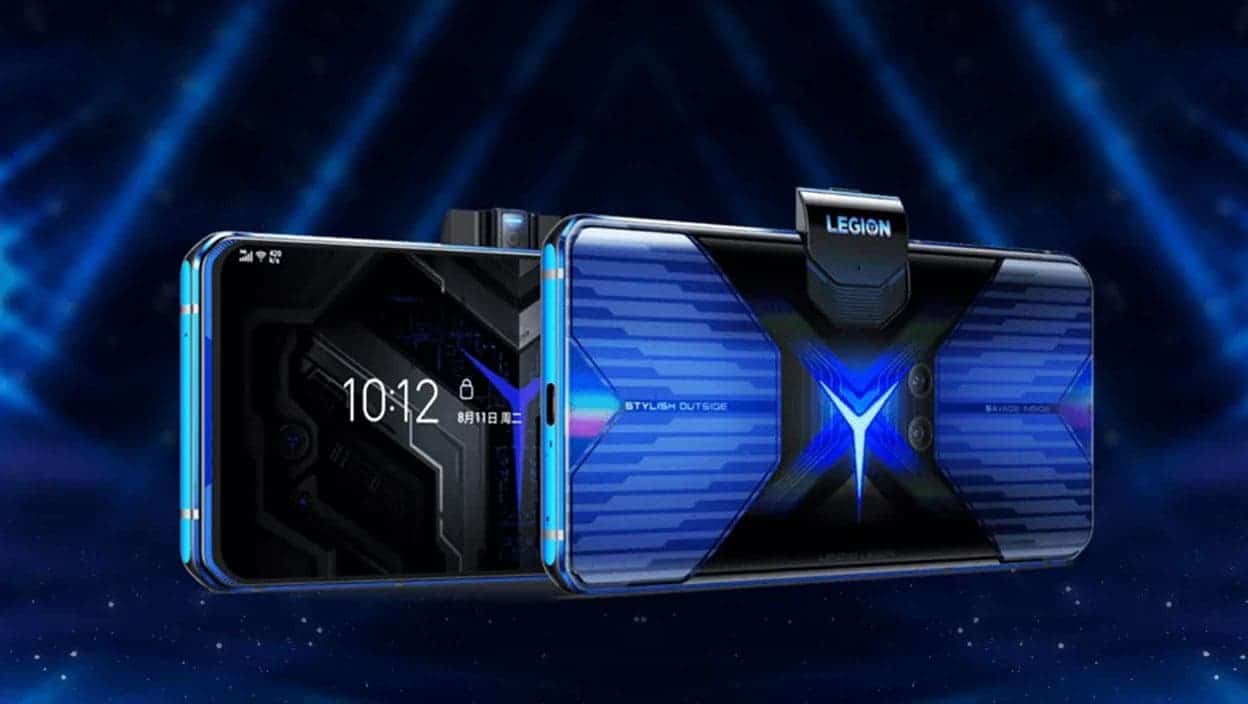
This phone also sports a 144-Hz 6.92-inch AMOLED display. Its key parameters include a FullHD+ resolution, HDR10+, DC dimming, a response rate of 720 Hz and the peak brightness level of 1300nits. However, the most interesting thing is the front camera. There is no cutout on the front because the phone using a 44MP retractable camera to the right side. On the opposite side, it carries a triple-camera consisting of 64MP + 16MP (depth) + 2MP (macro) sensors resolution.
At last, the Lenovo Legion 2 Pro features a 5500mAh battery and supports 90W fast charging (45W for each of the two USB Type-C ports). The starting price is $565.
Much later, Xiaomi’s sub-brand launched its own gaming smartphone, which rewrote the rules in the niche. It’s not only the thinnest gaming smartphone having a thickness of 8.29mm but also it costs only 1999 yuan ($308). As you guess, we are talking about the Redmi K40 Gaming Enhanced Version.
The Redmi K40 Gaming Enhanced Edition has a top-notch screen, which uses an OLED flexible screen. The latter also supports 1.07 billion color display, 120Hz high refresh rate, three-finger simultaneous 480Hz touch sampling rate.
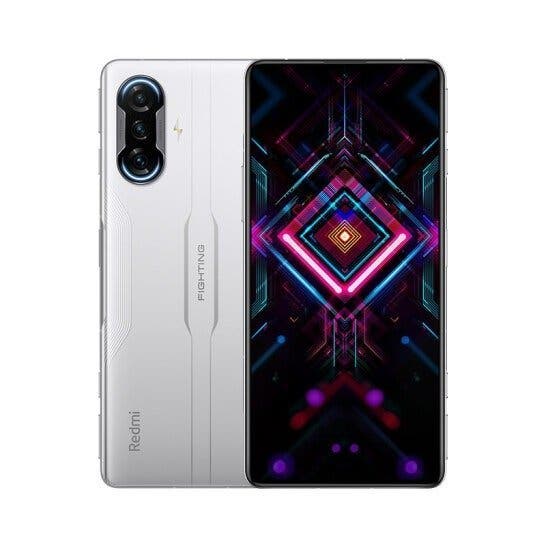
The phone has a metal frame, but on both sides, it adopts a glass body. On the side, we have a shoulder button that can turn phone into a gaming monster in seconds.
Anyway, under the hood, the Redmi K40 Gaming Enhanced Version sports the Dimensity 1200 processor. In AnTuTu, phone scores more than 720,000 points. Also, it uses Redmi’s exclusive heat dissipation technology. It has a fully-covered a 11540mm² aerospace composite heat dissipation film, which can drop the body temperature by 2°C in seconds. The Redmi K40 gaming phone is also the first to come with a boron nitride heat-dissipating material to solve the contradiction between 5G signal and heat dissipation.
The camera on the back includes a 64MP main sensor, a 120° wide-angle lens and a 40mm macro lens. Around them, we can see a special flash light that also serves as a notification light.
Best Folding Screen Smartphones For Students
In April, we saw only one foldable smartphone and it’s Xiaomi’s first folding screen handset, namely the Xiaomi MIX Fold. Xiaomi launched this phone after many delays. But we have to admit it is one of the best options on the market, though it’s not ideal. Anyway, before you get acquainted with its key features, you should know the lowest configuration variant costs 9,999 Yuan ($1,525).
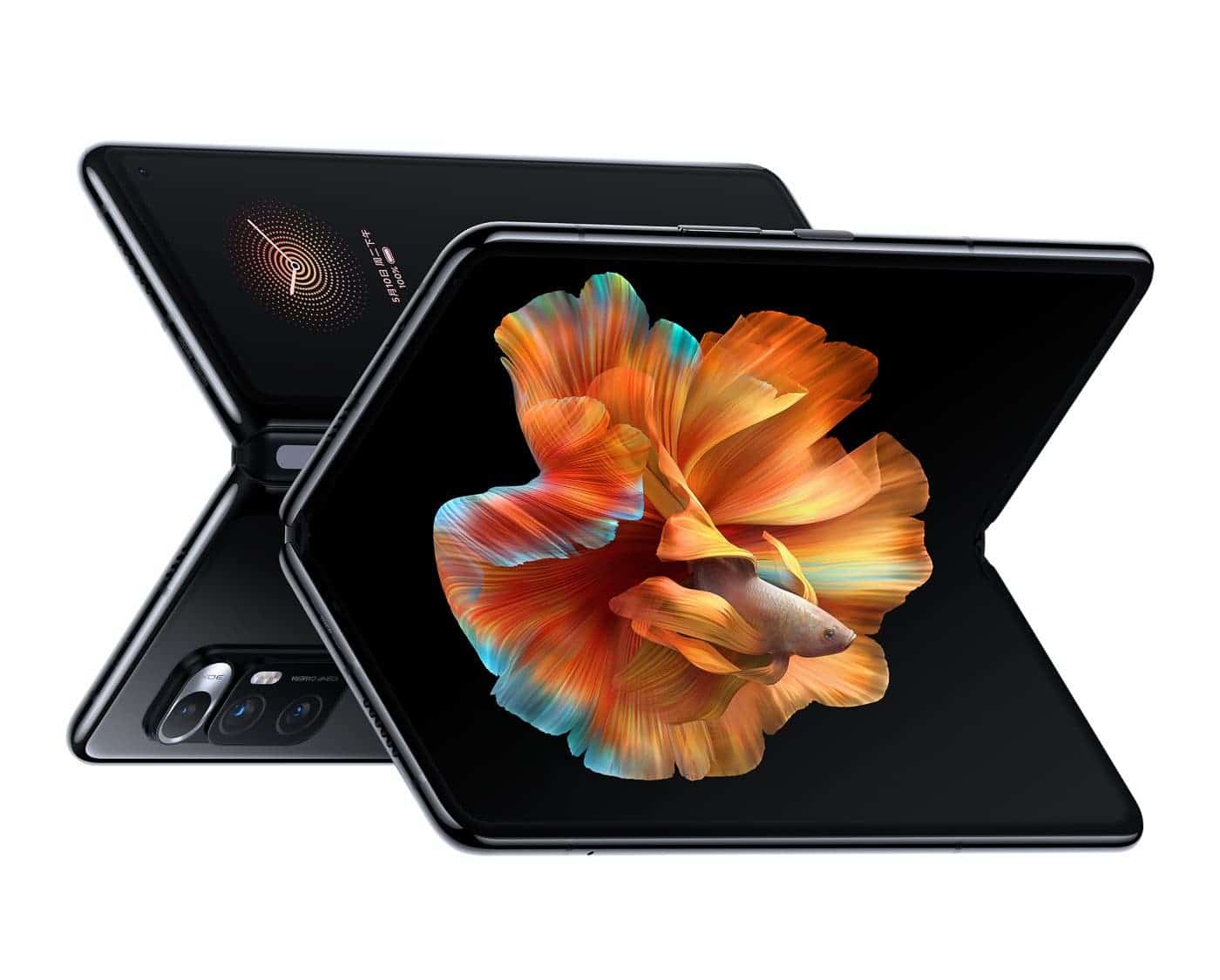
As you should know, it uses an internal folding design. The internal display uses 8.01-inch true full 2K screen with 2480 x 1860 resolutions. Plus, it supports a 4:3 screen ratio, 387 PPI, HDR10+, 600nit brightness, etc. however, there is also a 6.52-inch AMOLED external screen with a 2520×840 resolution and 90Hz refresh rate.
As for the cameras, the Xiaomi MIX Fold features a 108MP main camera (Samsung HM2), which is accompanied by a 13MP 123° ultra-wide-angle lens and an 8MP 80mm-equivalent telephoto macro lens.
Under the hood, it also carries a 5020mAh battery with a 67W fast charge. Apart from the battery, there is also a Qualcomm Snapdragon 888 chip, paired with LPDDR5 + UFS 3.1.
Best Camera Phones For Students
In the last days of 2020, Xiaomi launched the Mi 11 handset, which was the first Snapdragon 888 – enabled smartphone. But after a few months, it polished the existing model and brought a genuine flagship in the face of the Xiaomi Mi 11 Pro. Though there are many amazing features this phone can boast of, we guess it got all the laurels due to its outstanding camera. By the way, currently (April, 2021), the Mi 11 Pro leads DxO’s list.
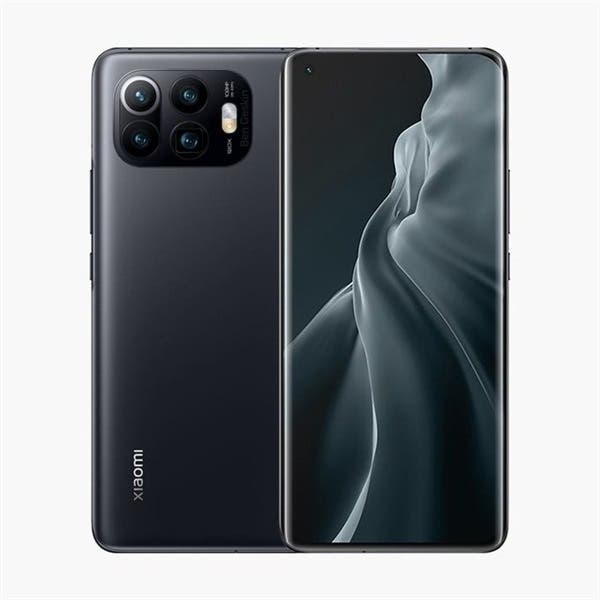
The phone’s key features include a 6.81-inch AMOLED quad-curved full-screen with a number of top-end parameters, the Qualcomm Snapdragon 888 platform, the new solid-liquid-gas phase change heat dissipation, a 5000mAh battery supporting various fast charging options and many more.
However, the selling point of this handset is its camera. Let’s not focus on the 20MP selfie shooter. Instead, we should pay more attention to the rear camera. It consists a 50MP lens. It is 1/1.12-inch in size and is the industry’s largest base close to 1-inch for the first time, A single pixel is 1.4 microns. However, we also have a 13-megapixel 123-degree ultra-wide-angle lens and an 8-megapixel 50x zoom periscope telephoto lens.
By the way, this handset supports the first multi-sampling technology (up to 6 readings to reduce noise), full-pixel eight-core focus DP Pro plus up to 64-point ToF focus, Xiaomi self-developed night owl algorithm (AI deep learning 8-frame photo fusion simulation 30 seconds long exposure), and continues to support dual native ISO Fusion. The main sensor, the Samsung GN2 also supports 8K at 24fps, HDR10.
The phone’s starting price is 4999 yuan ($760).
For a long time, the ZTE Axon 30 Ultra has been rumored to be the first Snapdragon 888 smartphone coming with an under-screen camera. And though at its launch, we didn’t see the mentioned technology, this is the world’s first smartphone coming with three main cameras.
The ZTE Axon 30 Ultra features a 6.67-inch OLED panel with a 144Hz refresh rate. The touch sampling rate is 300Hz and it offers FHD+ resolution, HDR10+, and covers the DCI-P3 100%.
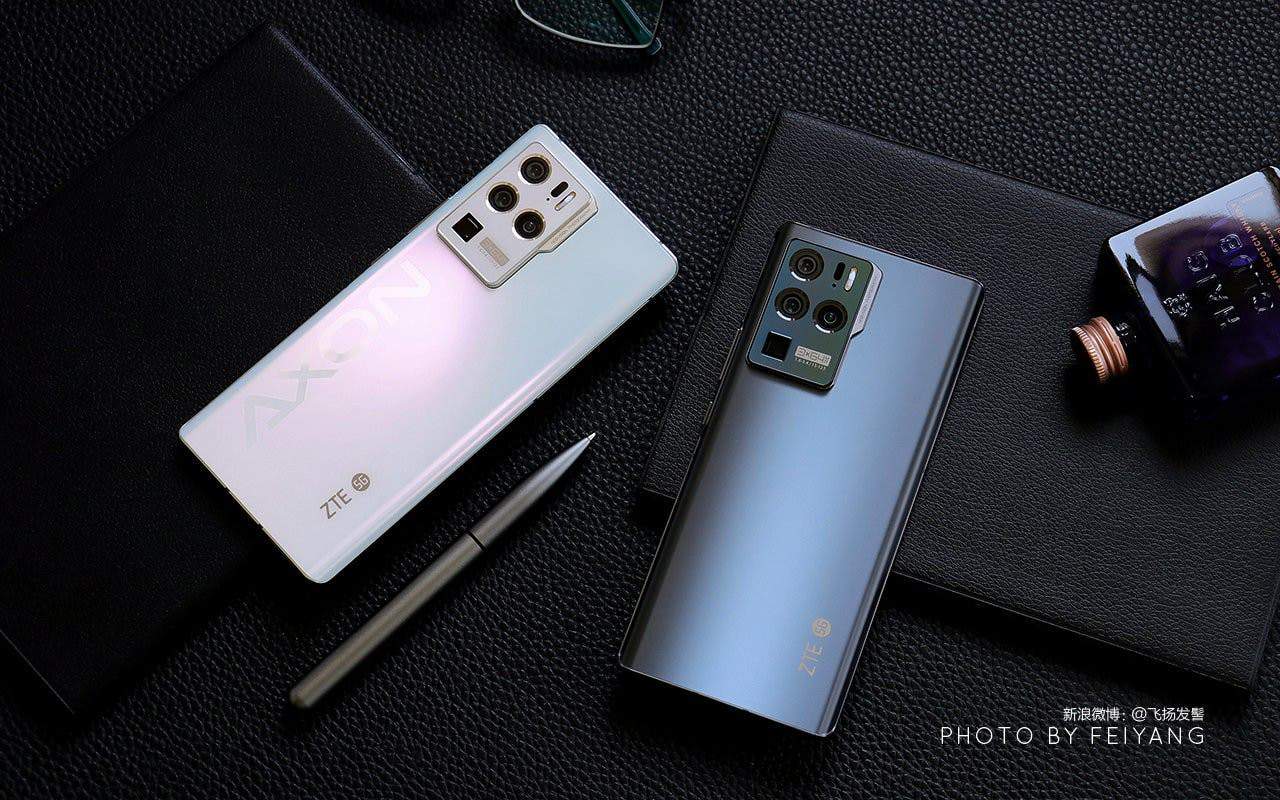
Inside, it carries the Qualcomm Snapdragon 888 chipset and it runs Android 11 OS straight out of the box. The phone is powered by a 4,600mAh battery which supports 66W fast charging.
Anyway, its biggest highlight is the quad-camera module. The main sensor is the 64MP Sony IMX686 CMOS coming OIS and an f/1.6 aperture. The second sensor has a 64MP resolution as well featuring a slightly longer lens with 35mm and f/1.9 aperture. At last, there is the third 64MP sensor with a 120-degrees FOV and a 13mm lens. This camera can record videos at up to 8K @ 30 fps. All these 64MP sensors have a little brother, an 8MP camera with 123mm and OIS. However, this lens can provide up to 5x optical zoom.
It costs 4,700 yuan ($720).
Most Powerful Phones For Students
The Xiaomi Mi 11 Ultra caused a lot of discussions. Of course, the main difference is the secondary screen on the back. But there are not many scenarios it can be used in. So the Xiaomi Mi 11 Ultra should be taken as a top-level smartphone that wants to make changes in the niche.
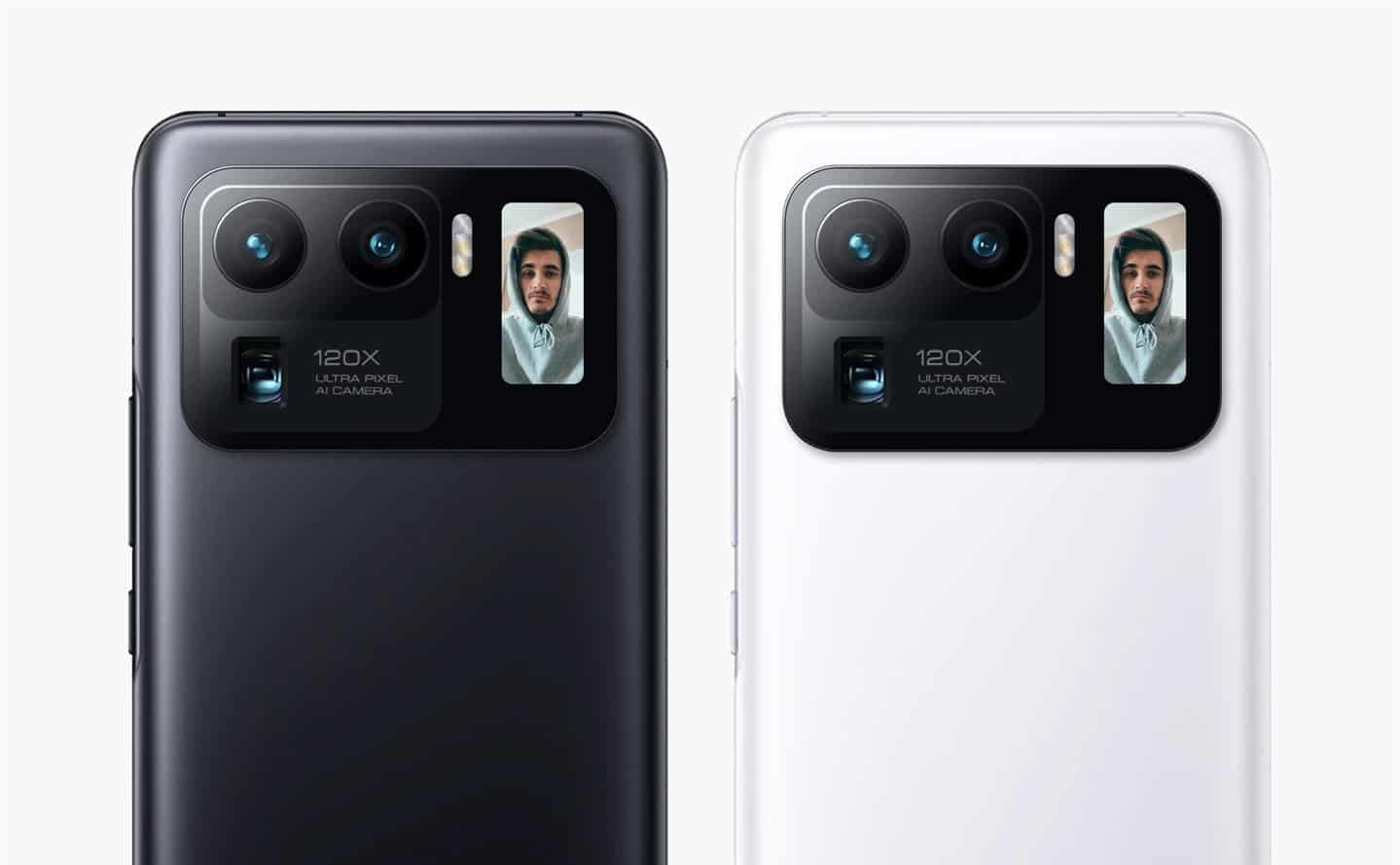
The appearance and the used materials and processes show that Xiaomi has put a lot of efforts in making the best-looking smartphone. And we have to admit it. But if you think the secondary screen is for showing a couple of notifications only, you should know it supports the ‘wilderness survival mode’. It can turn off all the background and main apps viewing and only use the secondary screen display. As a result, 10% battery power can provide a standby time of 55 hours.
Many features are identical to the Xiaomi Mi 11 Pro. So we won’t list them again. The Xiaomi Mi 11 Ultra starts at 5999 yuan ($913).
Sony is in the smartphone market not for income. It just wants to keep the fingers on the pulse. So when the company announces a new smartphone, we should take it as a demonstration of what it is offering the major smartphone vendors. In this regard, the Sony Xperia 1 III showcases Sony’s strength.
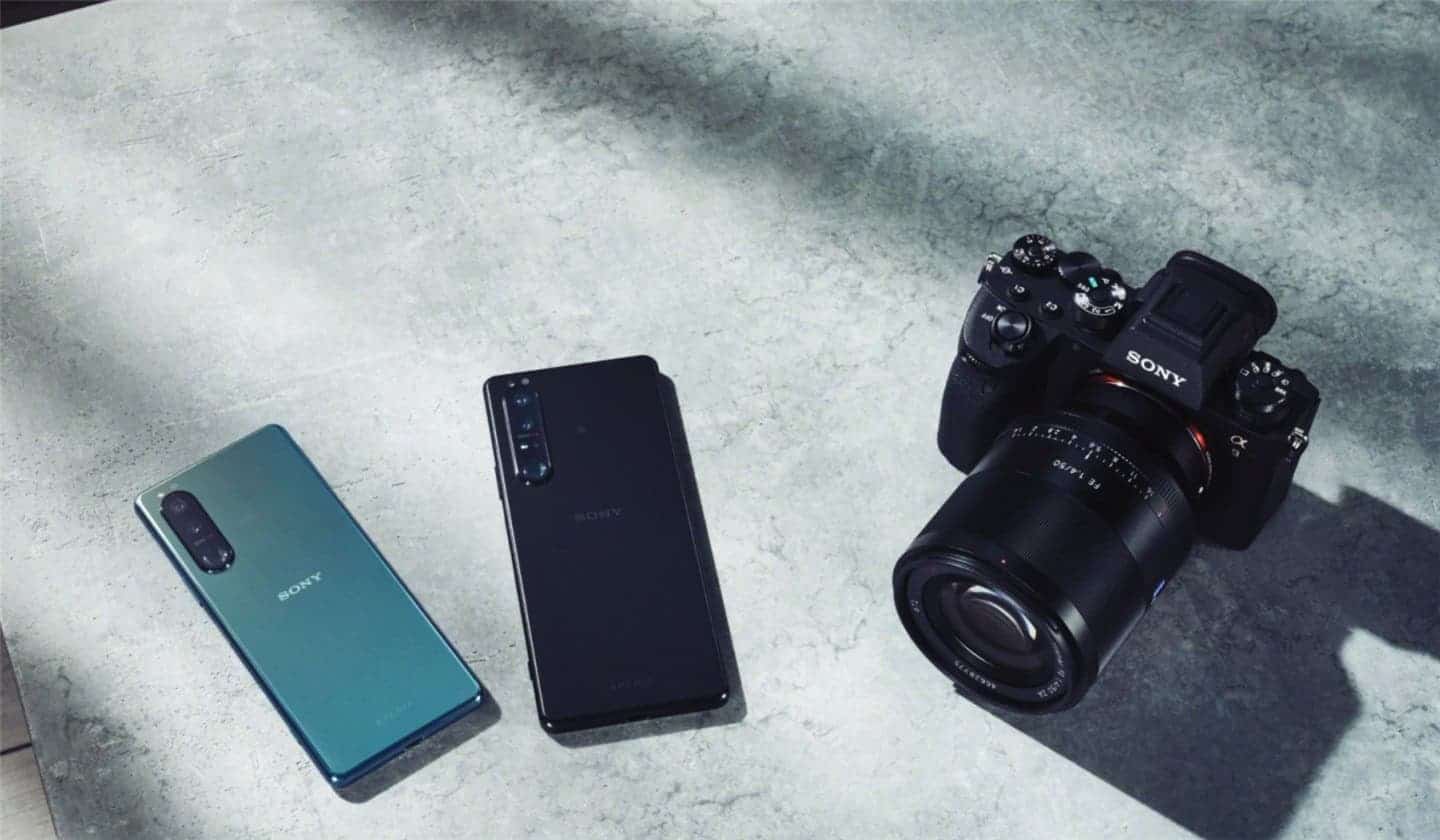
The phone uses a 21:9 screen, a metal frame and a glass back panel. The screen is the biggest selling point of this phone. So we should focus on it more. The Sony Xperia 1 III comes with the world’s first 6.5-inch 21:9 CinemaWide 4K HDR OLED display with a 120Hz refresh rate. The handset also supports the X1 remastering technology borrowed from Sony’s Bravia TV series. Moreover, it supports Bravia HDR as well as DolbyAtmos.
The second selling point of this phone is the camera. The Xperia 1 III uses a periscope zoom system. Also, it has a zoomable telephoto lens, which can be switched between two focal lengths of 70mm and 105mm. Its autofocus technology comes from the Sony Alpha professional cameras. This phone provides the best shooting performance. So we have been thinking in which category it put. But this is not accidental. The Sony Xperia 1 III was jointly developed by the Alpha 9 series mirrorless camera engineers.
As for the camera sensors, it sports a 12MP 1/2.9″ Sony sensor with f/2.3 or f/2.8 aperture depending on the focal length you use and optical image stabilization. We also have a 12MP 1/1.7″ sensor coupled with an f/1.7 OIS lens, while the ultrawide sensor uses a 12MP 1/2.6″ CMOS, f/2.2 aperture and autofocus, which is not that common on ultrawide units even among flagships.
Of course, under the hood, it has the Snapdragon 888 5G chipset. The Xperia 1 III has an optional 12GB of memory and 256GB/512GB of flash storage.
When talking about the powerful handsets, of course, the Snapdragon 888 has no equals. But MediaTek is capable of making good flagship chips as well. The Dimensity 1200 is the best proof. So we decided to include the Realme GT Neo into the list as well.
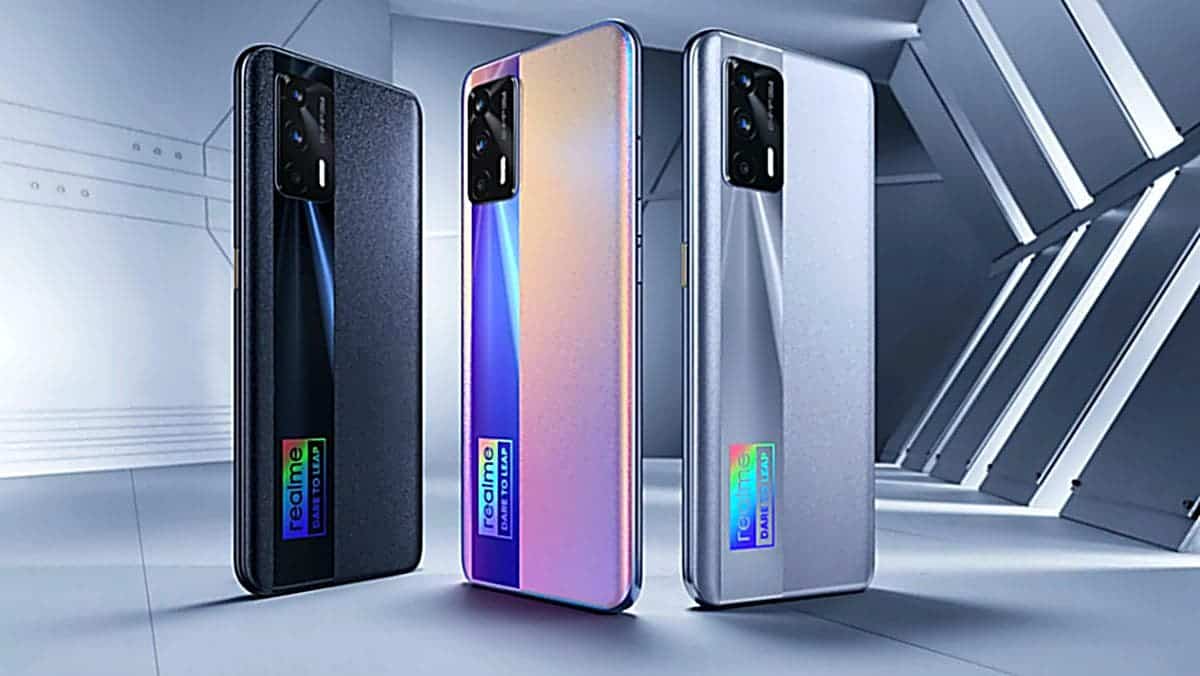
The Realme GT Neo features a 6.43-inch Super AMOLED panel, which supports a 120Hz refresh rate, HDR10+, and a 360Hz touch-sampling rate.
As said, it features MediaTek’s Dimensity 1200 chipset. It is manufactured with a 6nm architecture. The SoC packs a single Cortex-A78 core clocked at up 3GHz plus three Cortex-A78 cores clocked at up to 2.6GHz and four Cortex-A55 cores clocked at up to 2GHz. To keep things cool, the company brought dual graphite plates and liquid cooling solutions.
The rest of the features are also impressive. Say, it sports a multi-camera module, including a 64MP main shooter, an 8MP ultrawide angle lens, and a 2MP macro sensor. The phone has a 4,500mAh battery supporting a 50W charging.
The starting price is 1,799 yuan ($275).
Cheapest Phones For Students
After the Realme GT Neo, we even don’t know what a smartphone to introduce that could look attractive. Probably, we should introduce phones priced at around $100.
Recently, Poco released the Poco M2 Reloaded. It sports a Helio G80 processor, a 6.53-inch display with FullHD + resolution (2340×1080 pixels), a 5000mAh battery supporting an 18W charging, an 8MP selfie camera and an independent microSD card slot.
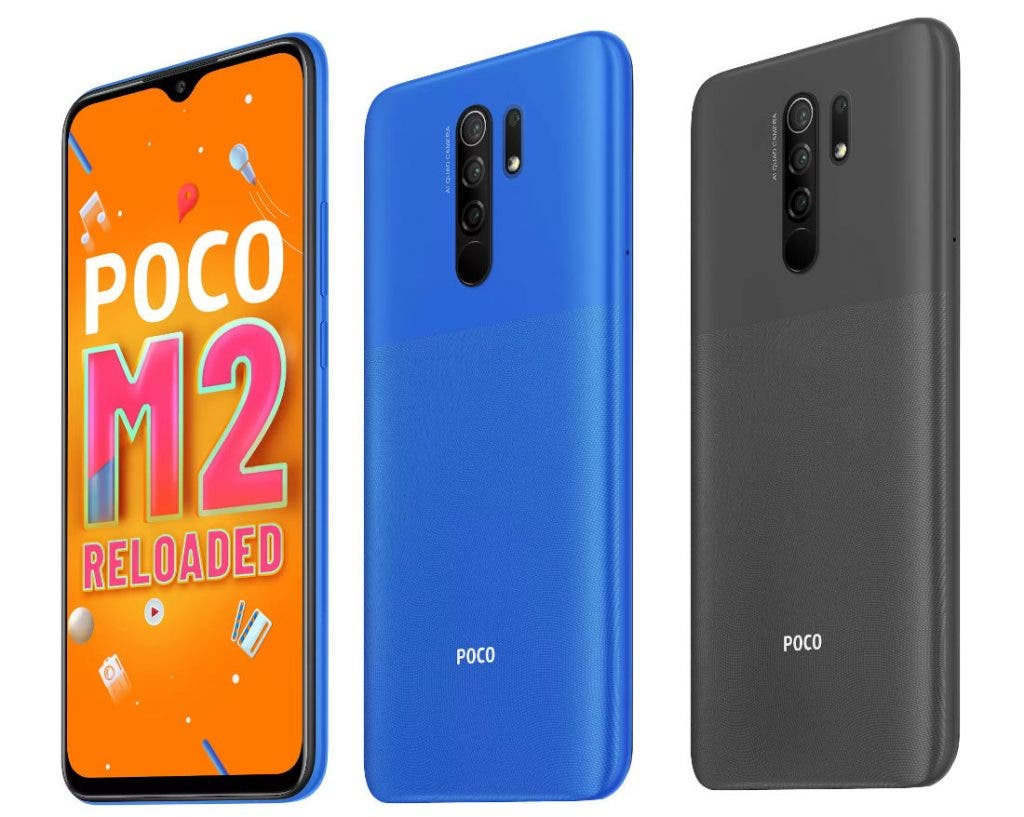
The camera on the back consists of a 13MP main sensor, an 8MP wide sensor, a 5MP macro lens and a 2MP depth sensor. It costs only $126.
Another interesting model is the Nokia G10. The Nokia G10 sports a 13MP main camera accompanied by 2MP macro and 2MP depth units. Also, it has an 8MP selfie shooter. Under the hood, the Nokia G10 comes with the Helio G25. Plus, we have a 5050mAh battery.
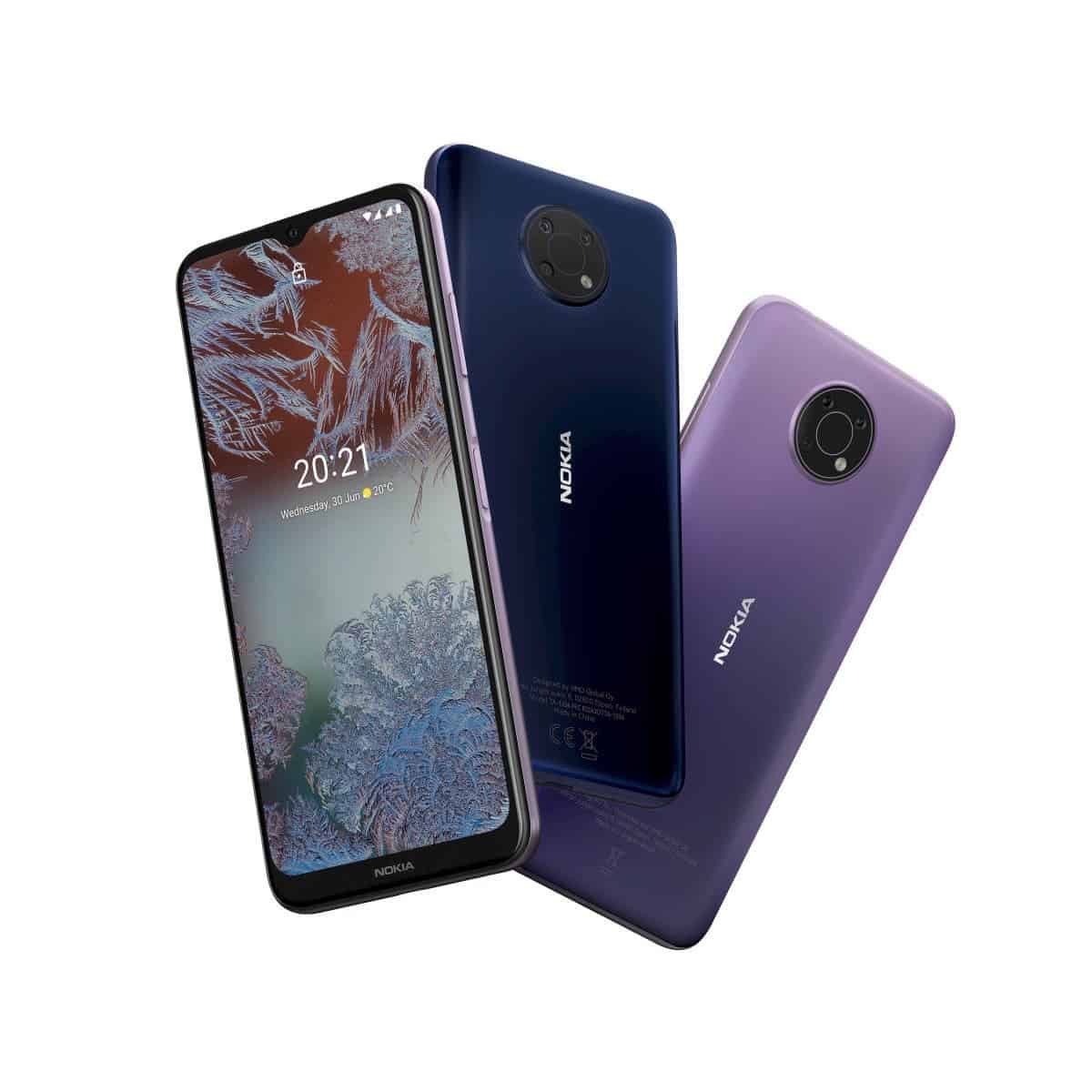
The Nokia G10 sports a 6.5-inch LCD with HD+ resolution and waterdrop notch design.
It is priced at 140 Euros.
The last smartphone not only in this list but also in the category is the  . Inside, it hosts the Exynos 850 SoC, 4GB of RAM, a 64/128 GB flash drive. There is also an 8MP selfie camera and a quad-camera consisting of a 48MP (Samsung ISOCELL Bright GM2, f/2.0) + 5MP (wide, f/2.2) + 2 MP (macro) + 2 MP (depth sensor) combination.
. Inside, it hosts the Exynos 850 SoC, 4GB of RAM, a 64/128 GB flash drive. There is also an 8MP selfie camera and a quad-camera consisting of a 48MP (Samsung ISOCELL Bright GM2, f/2.0) + 5MP (wide, f/2.2) + 2 MP (macro) + 2 MP (depth sensor) combination.
One of the selling points is the 6000mAh battery supporting a 15W charging. The starting price is $150.





